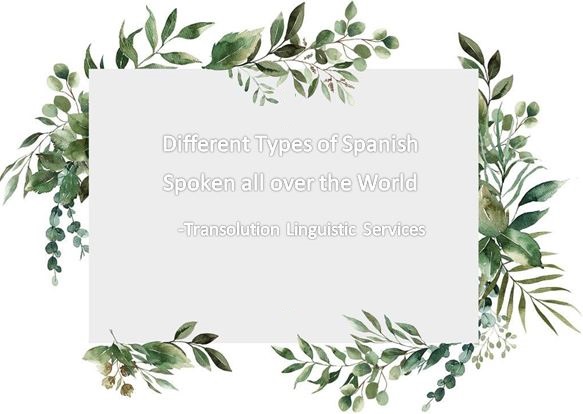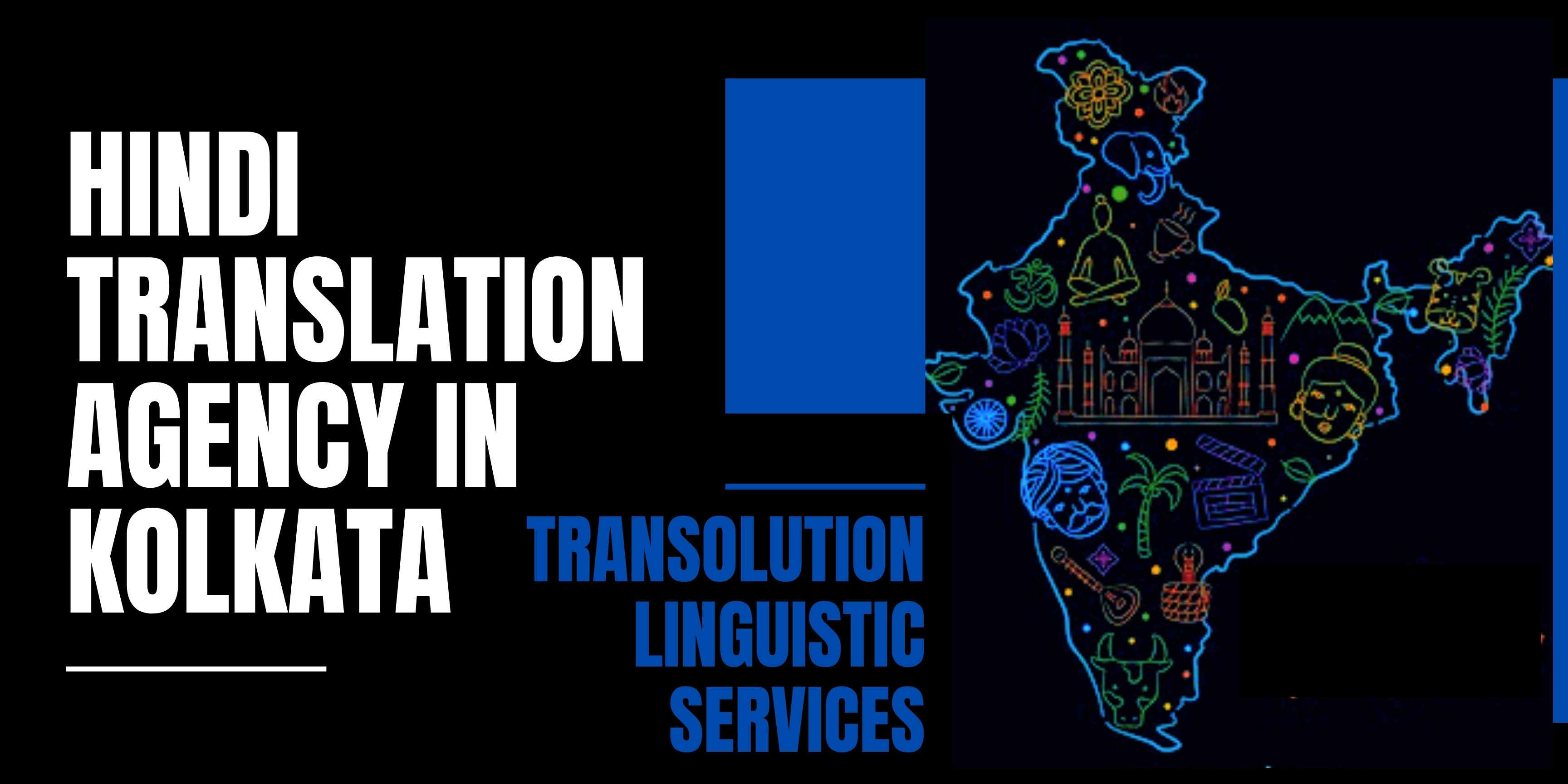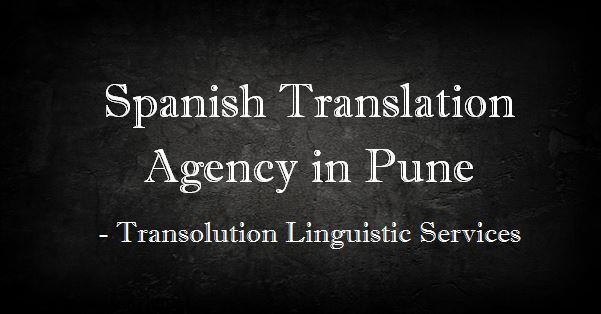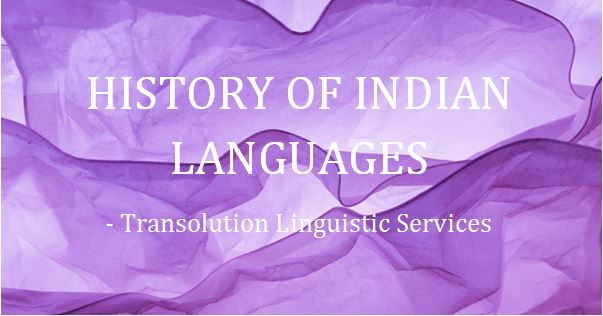Diversity in Spanish Language
Search Topics: Spanish Language, Spanish speaking countries, Spanish speakers, Spanish dialect, Spanish, spoken Spanish, language
Spanish is spoken in more than twenty countries in the world. Spanish is also one of the official languages of the United States, European Union and Mercosur. Starting from Asia to America there is a total of 580 million Spanish speakers. Additional to that Spanish is the second language of 60 million people and a foreign language spoken by 20 million people. Moral of the story – there are a number of career options for someone who knows Spanish.
Due to this wide range of Spanish speakers spread all over the world the language that is spoken is different in all the Spanish speaking countries. The geographic locations and cultural diversity has influenced the Spanish language that is spoken to a great extent and it sounds very different from the native Spanish speakers.
Castilian Spanish
Castilian Spanish is also called the Peninsular Spanish and it is widely spoken Northern and Central Spain and it is based on Vulgar Latin. The name came from Castile province of Spain where this language is said to be originated.
Anadalusian
Anadalusian is the second most spoken Spanish dialect after Castilian. The most notable thing about Anandalusian Spanish is that it sounds very soft so it can easily be distinguished from another Spanish dialect.
Rioplatense / Argentine
Spoken mostly in Uruguay and Argentina, Rioplatense Spanish is greatly influenced from Italian. Both the countries have seen many Italian immigrants in the 20th Century and that is why many words used in Rioplatense Spanish is derived from Italian words.
Caribbean Spanish
As the name suggests this group consists of people belonging to Cuba, Puerto Rico and Dominican Republic. Though each of their Spanish sounds a little bit different from the other, the rest of the world refers Spanish dialects to as Caribbean Spanish.
Andean
This Spanish dialect is influenced by the indigenous languages and also the European heritage and is spoken in Bolivia, Colombia, Ecuador, Peru and parts of Venezuela. It is also said the Andean Spanish is the easiest one to learn out of all the Spanish dialects to understand.
Mexican / Central American
Mexico is the largest Spanish speaking country and it is where Spanish film industry has originated. The Spanish dialect that is been spoken here is very much clear which makes it easier to understand for a non-native Spanish Speaker.
If you are someone who has learn Spanish as a foreign language or even if you are a C-1 Level Spanish speaker then also you might find difficulties in understanding all the Spanish dialects of all the Spanish speaking countries or you might find yourself not understanding every word. Worry not because even if you don’t understand everything they are saying they will surely understand you.













